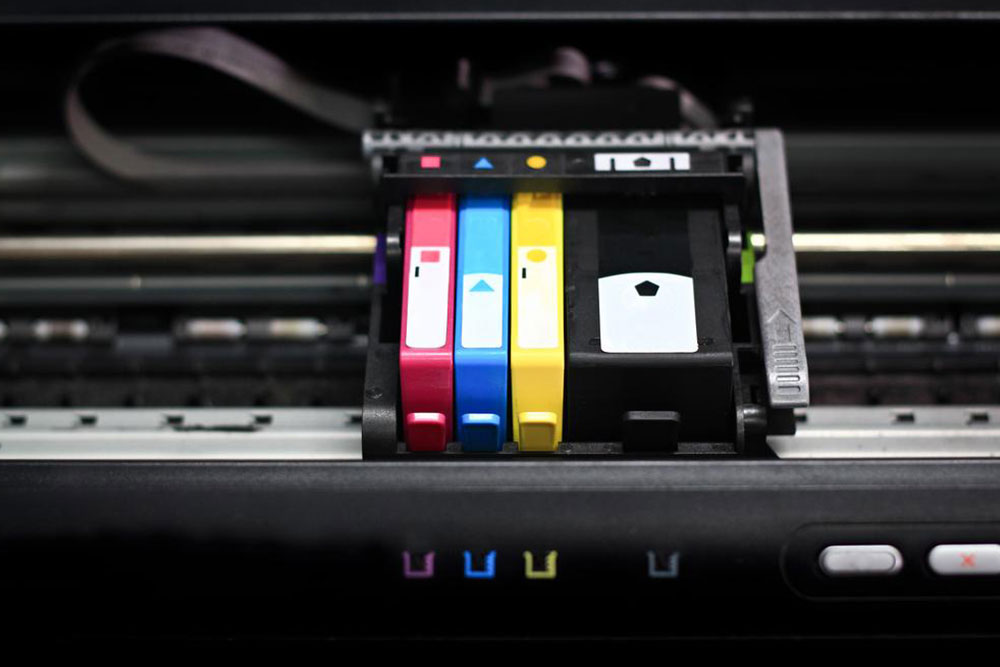Ultimate Guide to Reducing Printing Costs and Optimizing Office Expenses
This comprehensive guide offers practical strategies for organizations to effectively reduce printing costs. It covers the importance of understanding total ownership costs, choosing the right equipment, optimizing usage, and implementing cost-saving practices to enhance operational efficiency. By adopting these tips, businesses can cut expenses, improve sustainability, and maintain high-quality printing standards.

Ultimate Guide to Reducing Printing Costs and Optimizing Office Expenses
In today's business environment, managing expenses efficiently is essential for maintaining profitability and operational smoothness. One often overlooked area where expenses can quickly accumulate is printing. Whether you're running a small business, a large corporation, or an educational institution, understanding and controlling printing costs can lead to significant savings. This comprehensive guide explores effective strategies for reducing printing expenses, optimizing resource allocation, and ensuring sustainable printing practices that align with your budgetary goals.
When investing in printing equipment, such as printers and scanners, it's critical to consider the total cost of ownership (TCO). Many organizations focus primarily on the upfront purchase price but tend to underestimate or overlook ongoing costs like ink, toner, paper, maintenance, and energy consumption. These recurring expenses can drastically inflate the overall cost over the device's lifespan, leading to unanticipated financial burdens. Therefore, conducting thorough cost evaluations before making procurement decisions is vital for effective budget management.
To truly control printing expenses, businesses must adopt a strategic approach that involves assessing their specific needs, monitoring usage patterns, and implementing best practices. For starters, analyzing current printing habits can reveal unnecessary waste, such as printing multiple drafts, printing in color when black-and-white suffices, or printing documents that could be shared digitally. Transitioning to digital workflows where possible can drastically cut down on paper and toner usage, thereby reducing costs and promoting environmental sustainability.
A fundamental step toward cost savings is choosing the right printing device. Evaluate your organization’s needs carefully—consider factors like print volume, color requirements, and document complexity. Selecting high-yield cartridges and considering printers with economy modes can further minimize expenses. While estimates for cartridge yields are helpful, they can often be overly optimistic; thus, base your calculations on actual usage data and real-world experience for better accuracy.
Regular maintenance and proactive management of your fleet of printers can prevent costly breakdowns and inefficiencies. Simple actions such as cleaning print heads, updating firmware, and replacing worn-out parts can extend the lifespan of your equipment. Additionally, setting your printers to default duplex printing (printing on both sides of the paper) can significantly reduce paper use, which is often a major portion of printing costs.
Cost-effective printing also involves selecting compatible supplies and quality paper that are suited for your printer models. Low-quality or incompatible ink and toner can lead to more frequent replacements and potential damage. Using appropriate quality paper ensures clear prints and minimizes wastage. Implementing a centralized printing management system enables better oversight of printing activities across departments. This allows you to set permissions, limit color printing options, and monitor printer usage in real time, thereby enforcing policies that curtail unnecessary printing activities.
Training staff on sustainable print practices is another crucial aspect. Encourage digital sharing, review-print guidelines, and promote awareness about waste reduction. These efforts foster a culture of cost-consciousness and environmental responsibility, aligning financial savings with corporate responsibility goals.
Furthermore, advanced features like print tracking software can provide detailed insights into printing patterns, helping identify high-cost users and departments. These insights allow tailored interventions such as setting quotas or encouraging digital alternatives to minimize waste. Regular reviews of printing policies and costs ensure continuous improvement and adaptability to changing organizational needs.
In conclusion, controlling printing costs requires a multifaceted approach involving strategic device selection, routine maintenance, user training, and technological tools. By adopting these best practices, organizations can achieve substantial savings without compromising document quality or operational efficiency. Effective management of printing expenses not only benefits the bottom line but also promotes a sustainable and environmentally friendly workplace.




